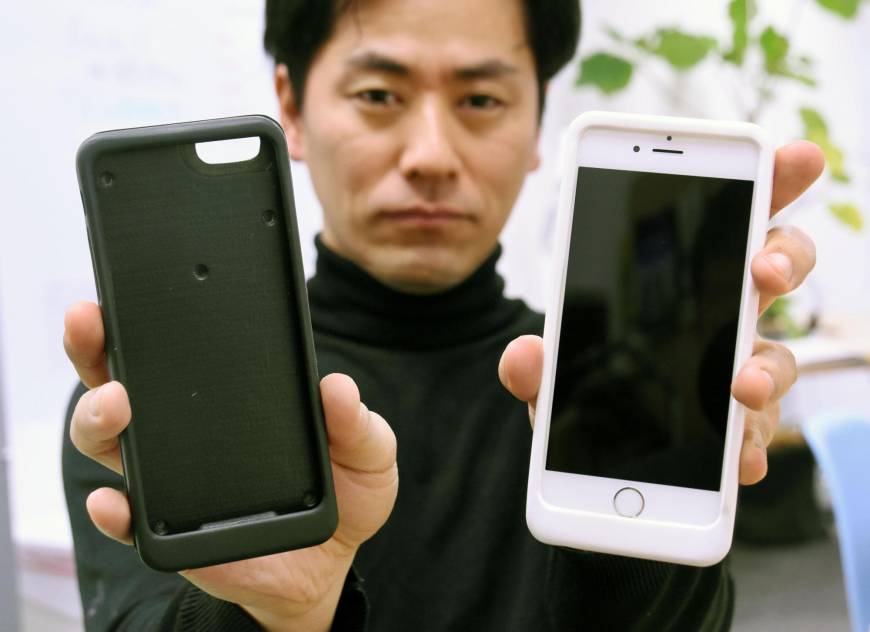Children becoming addicted to playing with smartphones are turning out to be a headache for some parents.
One Japanese company has developed a gadget to help parents get some control back over their little ones.
Momo Ltd., A Kobe-based company, is planning to start selling in August a cellphone case called Otomos, The Japan Times reports. It basically allows parents to enact schedules for cellphone use on their children.
The case attaches to a child’s smartphone and is secured by a screw. Parents then download an application that will give them access to Otomos. From here, they may set time restrictions to ensure that kids don’t waste all their time staring at smartphone screens. Once kids have used up their daily allocated smartphone time, the phone goes into sleep mode.
Apart from the smartphone app, parents may also access Otomos through a website.
As an added feature, Otomos can be set to deactivate the smartphone once it detects walking motion. This will prevent children from using their cellphones while walking, thereby preventing accidents. In worst case scenarios, Otomos can also send an alert to parents if their children come to harm.
“We developed the product after hearing many views and concerns of parents who have children using smartphones,” said Masato Otsu, Momo company president.
A charge of 500 yen a month is being expected for a two-year contract. This includes monitoring service, the smartphone case, and app cost. Interest customers may apply at their website or through participating mobile phone stores.
Smartphones are an undeniable part of the modern lifestyle. It makes sense that parents be given some way to control its use by children, much like how older generations had their TV-watching habits regulated by their parents. Alfred Bayle/JB
